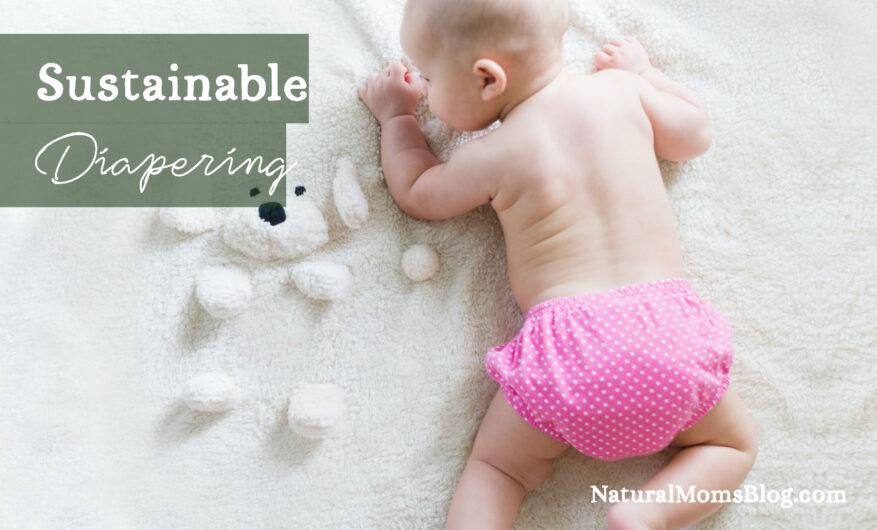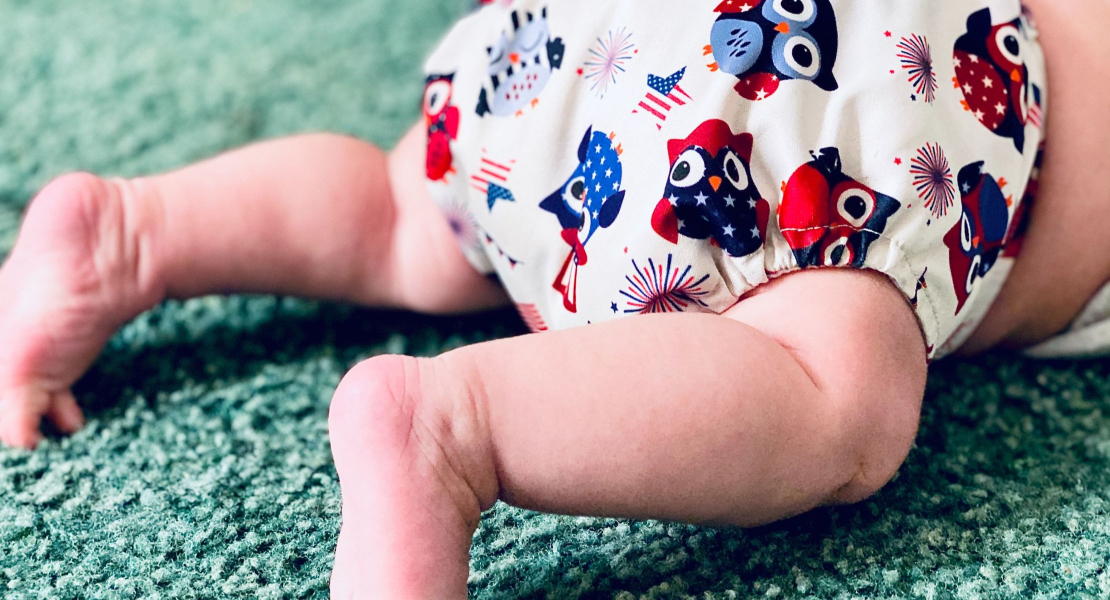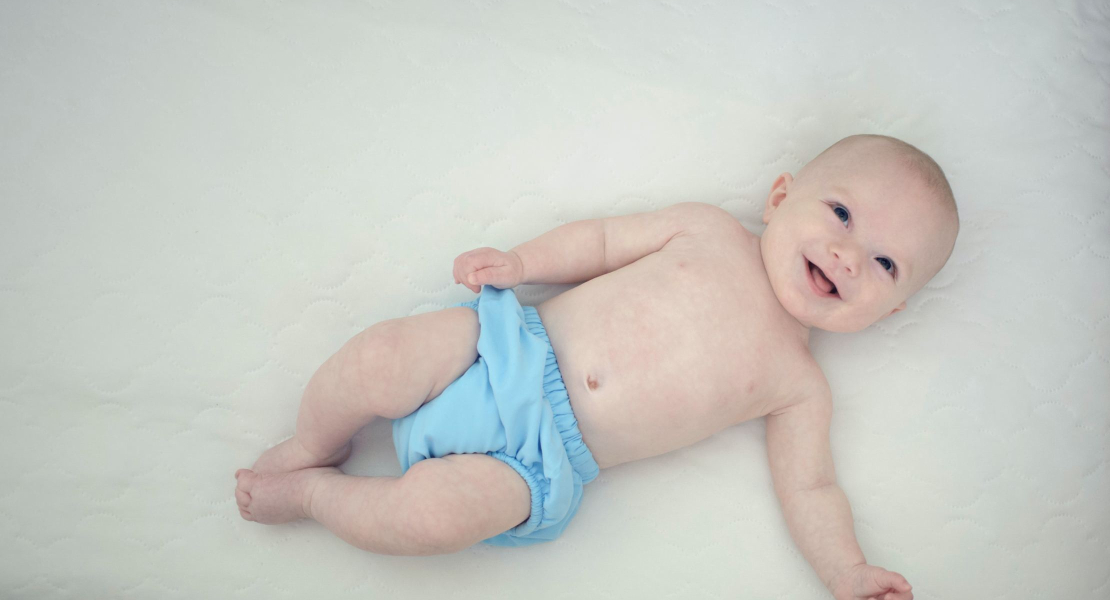- in Parenting by Erika Robertson
Sustainable Diapering Solutions: Exploring Cloth Diapers and Biodegradable Options

As parents become more conscious of their environmental footprint, sustainable living often extends into their parenting choices. One significant area of concern is diapering, which is an essential but environmentally demanding aspect of raising young children. Over the last few years, there has been growing interest in sustainable diapering options such as cloth and biodegradable diapers, reflecting a growing trend among eco-conscious parents seeking effective solutions without compromising the planet.
This guide will provide valuable insights into sustainable diapering solutions, enabling you to make informed decisions that benefit your baby and the planet.
Cloth Diapers: A Sustainable Alternative
Cloth diapers are a sustainable choice for parents who want to incorporate more eco-friendly practices into their daily routines. This is largely due to their durability, reusability, and reduced environmental impact. Here, we’ll explore the different types of cloth diapers, their benefits, and some challenges they present to parents.

Types of Cloth Diapers
Cloth diapers are reusable diapers made from natural fibers, manufactured materials, or a combination of both and come in several user-friendly types.
- Prefold Diapers: These are simple, flat, and rectangular cloths that need to be folded into shape and fastened around the baby. They typically require a separate waterproof cover to prevent leaks.
- Swim Diapers: Reusable swim diapers are designed to keep your little one's accidents contained in the pool. There are many different designs for cloth options, as well as disposables. Some are designed to primarily contain bowel movements and allow liquid to pass through.
- Pocket Diapers: As the name suggests, these feature a pocket inside that needs to be stuffed with absorbent inserts.
- All-in-One Cloth Diapers: The most convenient option is the all-in-one cloth diaper, which integrates all components—including the absorbent layer and the waterproof shell—into a single piece. These diapers mimic the simplicity of disposable diapers while being washable and reusable. They greatly simplify the cloth diapering process, making it more accessible for parents.
- One Size Fits All: While some cloth diaper brands offer multiple sizes, many companies offer a one-size-fits all option - meaning you don’t have to purchase multiple sets of diapers, you can use the same ones from birth to potty training, with a little practice adjusting the snap settings
Benefits of Cloth Diapering
Choosing cloth diapers offers several benefits. Environmentally, they generate less waste compared to disposables. While the initial investment may appear higher, they’re cost-effective over time, as they can be reused for multiple years and multiple children; this is particularly true of one-size options. Health-wise, they contain fewer chemicals, reducing the risk of diaper rash and other skin irritations commonly associated with disposables.
Challenges of Using Cloth Diapers
Despite their benefits, cloth diapers come with a couple of challenges. They require more water and energy for washing and drying. The need for regular laundering can be a challenge for busy parents. However, many find that with a good routine, these challenges are manageable. Adopting efficient laundry practices and organizing a consistent diapering schedule can mitigate the extra time and energy required and make cloth diapering a practical choice for many parents.
Biodegradable Diapers: Combining Convenience with Sustainability
Biodegradable diapers represent a significant step forward in sustainable diapering, combining environmental benefits with the convenience of disposables. Here’s what you should know about these diapers:
What Makes Diapers Biodegradable?
These types of diapers are designed to decompose more quickly than traditional ones. They’re made from natural, plant-based materials like cotton, bamboo, and cornstarch, which break down under the right environmental conditions. Unlike disposable diapers, biodegradable diapers don’t contain any synthetic chemicals or plastics, which are slow to degrade. The presence of biologically active materials helps them integrate back into the ecosystem, reducing landfill waste and environmental impact.
Advantages of Biodegradable Diapers
Biodegradable diapers contribute to a healthier environment by minimizing pollution and conserving nonrenewable resources. They also reduce the volume of non-decomposable waste in landfills, offering a sustainable alternative. Thanks to their natural materials, these diapers often provide a gentler touch on sensitive skin, helping prevent diaper rash. Their production can often involve more ethical practices, supporting sustainable agriculture.
Limitations and Availability
While they’re an excellent step towards sustainable diapering, biodegradable diapers are typically more expensive than standard disposables and cloth diapers. Availability can also be an issue, as not all regions have easy access to these solutions. Performance can vary, with some brands offering similar absorbency to regular disposables while others might lag behind. These factors can influence a parent’s decision, especially when balancing cost and convenience with environmental impact.
Practical Tips for Switching to Sustainable Diapering

If you’re considering switching to sustainable diapering options, here are some tips to make the transition smooth and effective.
Start Small and Gradually Transition
For those considering cloth diapers, experiment with different types to see what works best for your baby and your lifestyle. First, invest in a small set and scale up as you become more comfortable with the routines and laundry demands. This allows you and your baby to adjust to the new diapering method while reducing waste. Opt for adjustable diapers that can grow with your baby to maximize use and value.
Embrace Multi-Purpose Diapering Accessories
Opt for multi-purpose diapering accessories like reusable cloth wipes and biodegradable diaper liners. Reusable cloth wipes reduce waste, save money, and are gentler on your baby’s skin, while biodegradable liners make waste disposal more manageable. These options can be used with cloth and biodegradable diapers, further minimizing environmental impact as a parent.
Sustainable diapering is not just about the products you choose. It’s all about making informed decisions for solutions that align with your values and contribute to a healthier planet. Each small step in this direction can lead to significant environmental impacts over time, and it starts with how we choose to diaper our children.
If you liked this post, submit your email address below to get new posts by email:
